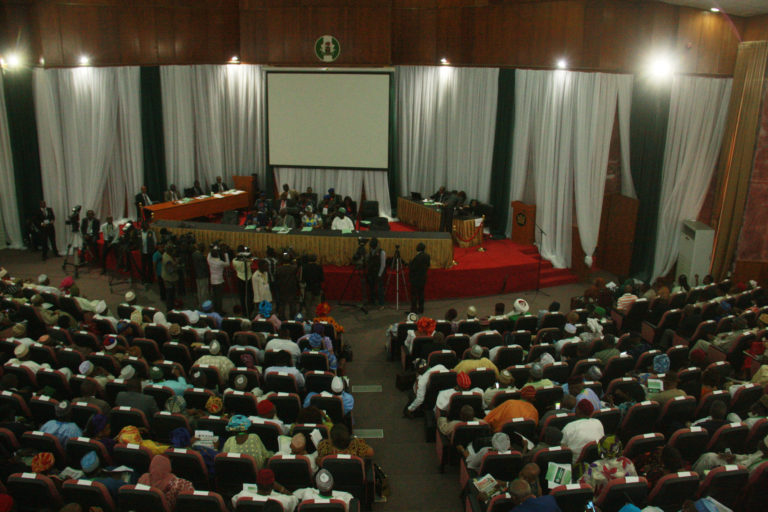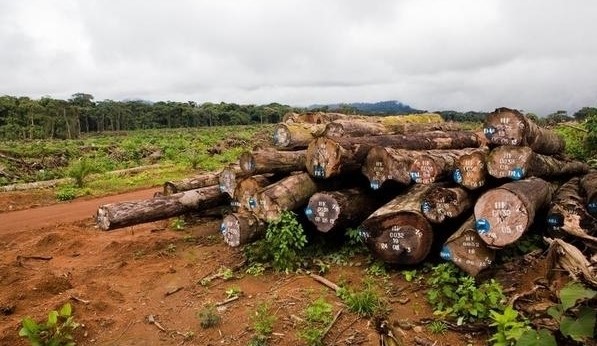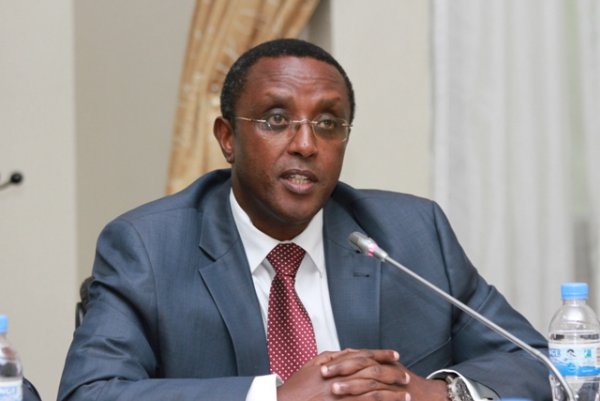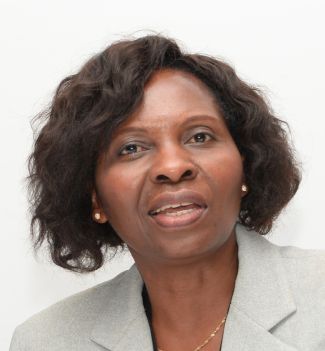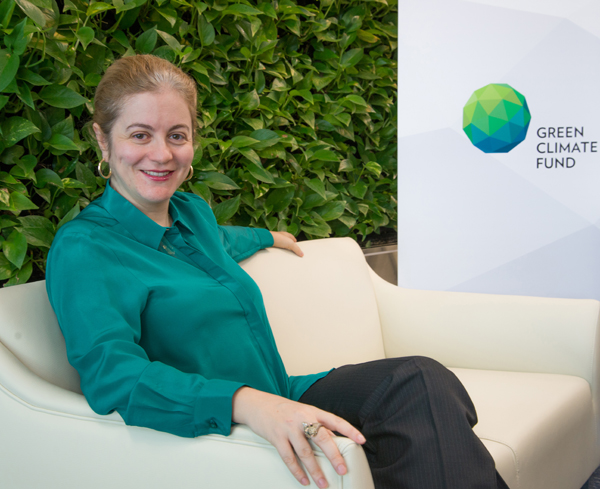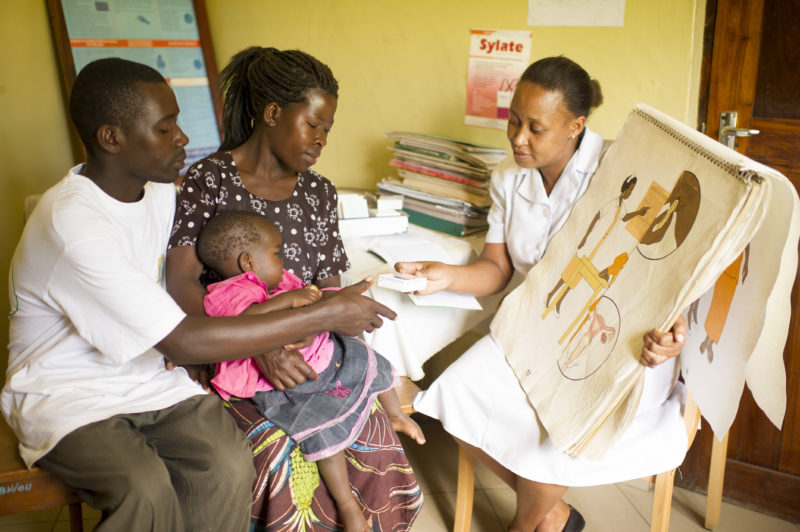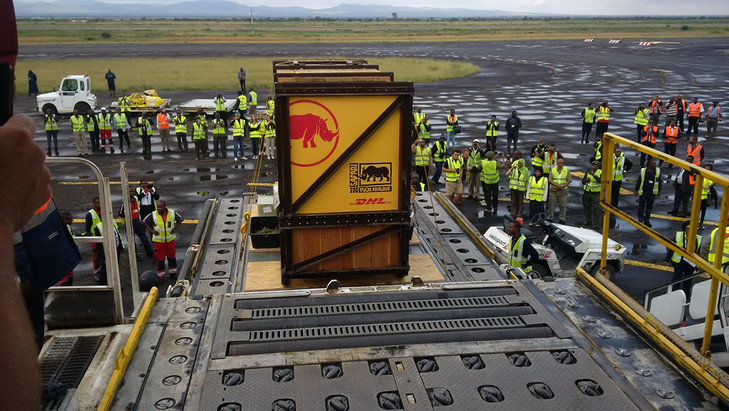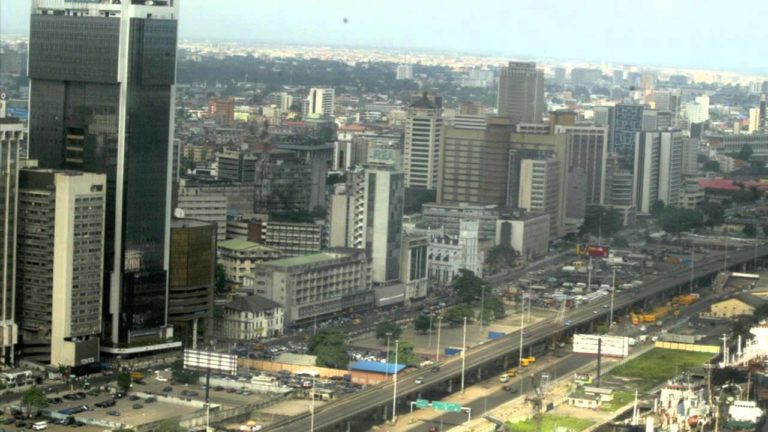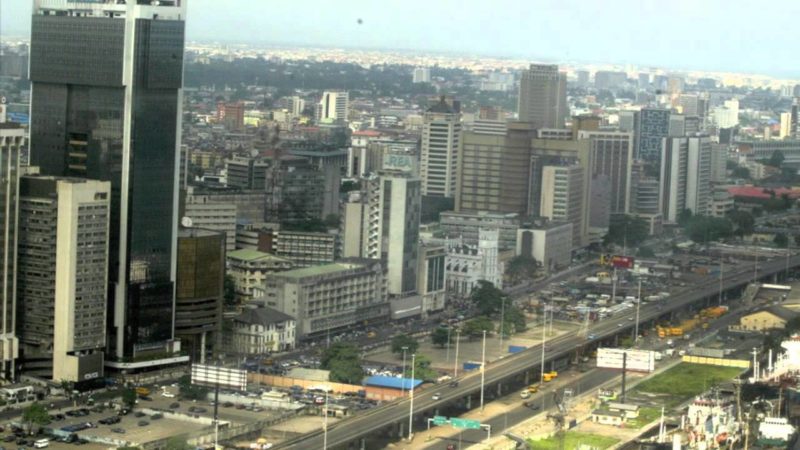During the 2014 Nigerian National Conference (Confab), three committees made recommendations with regard to handling of Biosafety in Nigeria and with particular reference to Genetically Modified Organisms (GMOs). As at the time of the Confab the National Biosafety Management Act 2015 (simply known as Biosafety Act 2015) had not yet been enacted. The Confab committees that considered Biosafety matters were the Agriculture and Water Resources Committee, the Environment Committee and the Science, Technology & Development Committee.
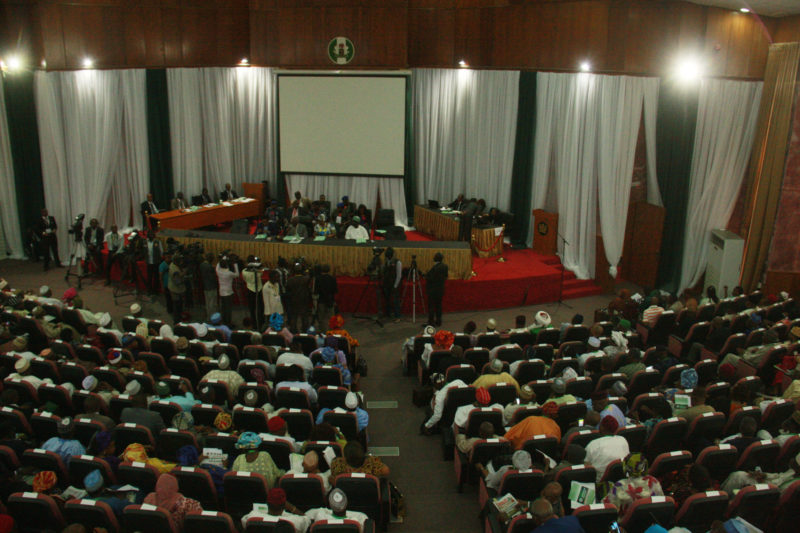
The Biosafety Act came into force April 2015 after former President Goodluck Jonathan assented to the Biosafety Bill. Within a year of the Act, two permits have been issued to Monsanto Agriculture Nigeria Ltd for commercial release of Bt Cotton and for confined filed trails of GMO maize.
Farmers, consumers, faith-based organisations, media, community groups and other civil society groups, including Health of Mother Earth Foundation (HOMEF), have expressed their rejection of the introduction of GMOs into Nigeria. The reasons for objecting to this development is that these crops would lead to a massive introduction of toxic chemicals into our environment, erode our biodiversity and entrap hapless farmers in the grip of the biotech industry.
We are encouraged that the Federal Ministry of Environment is considering a holistic look at the Biosafety situation in Nigeria, including the Biosafety Act itself. The recommendations of the Confab committees are weighty and it is germane for us to remind ourselves of what these committees recommended with regard to our biosafety and the matter of GMOs in Nigeria.
Here are the Sections of the Confab report referred to:
Agriculture and Water Resources Committee
5.1.7 Bio-Technology (pages 72-73 of the Confab Report)
Conference resolved as follows:
- That adequate funding should be devoted to biotechnological research, especially those that do not involve cross-species genetic manipulations; and
- That action should be expedited on the passage of the Biosafety Bill to regulate trans-boundary movement of genetically modified agricultural products and encourage development of improved varieties and breeds under ethical research environment.
- That the Bio-safety Bill should be reviewed to include the following: (1) Public participation: It should be obligatory to ensure public participation when applications to introduce GMOs are being considered; (2) The Bill should specify clearly how large-scale filed trials would be contained and regulated to avoid contamination of surroundings or farms; (3) Besides Environmental NGOs, Farmers organisations should be represented on the Governing Board; (4) Risk Assessment: The Bill should state criteria for risk assessment and such assessments must be carried out in Nigeria and not offshore; (5) Liability and Redress should be included in the Bill bearing in mind that this is a key part to implementing the Nagoya-Kuala Lumpur Supplementary Protocol to the Cartagena Protocol on Bio-safety adopted in October 2010; and, (6) Precautionary principle: The Bill should include the implementation of the precautionary principle that entitles our government to decide against approval or for restriction in cases of incomplete or controversial knowledge.
Environment Committee
5.7.3 Policy Resolutions (Pages 151 & 156 of the Confab Report)
Resolutions on Institutional Framework and Enforcement
- There must be policy and action coherence between and within government agencies to ensure synergy in tackling our environmental challenges;
- Environmental Impact Assessments (EIA) are not project planning approval documents but veritable tools for environmental protection. Accordingly, EIAs must be conducted for all major projects as stipulated in the EIA Act. Moreover, there should be detailed post project assessment requirements and approved decommissioning plans;
- The Precautionary Principle of the Cartagena Protocol of the Convention on Biological Diversity (CBD) prevails in discussions of modern biotechnology in agriculture and foods. Nigeria must be kept free of genetically modified organisms (GMOs) as a key way to avoid biodiversity erosion and seeds colonization by agri-businesses;
- Modern biotechnology in agriculture should be restricted to laboratories – and a regime of strict liability and redress should be in place in case of accidents;
Biodiversity (Page 156)
- Identify biodiversity hotspots, like the wetlands and forests which have very high concentrations of native species, and which are rapidly losing habitat and species, as primary targets for conservation.
- Ensure strict bio safety laws and particularly reject acts that could lead to invasion of alien species and resulting colonisation and biodiversity erosion;
- Ensure strict liability and redress in bio-safety matters and bar untested and unregulated technologies including those related to genetically modified organisms (GMOs), geoengineering, nanotechnology in foods and agriculture and synthetic biology;
Science, Technology and Development Committee (pages 352-353 of the Confab Report)
5.19.6 Biodiversity and Biotechnology, Transfer, Diffusion, Reverse Engineering, Standardisation and Quality Assurance. 1. Biodiversity and Biotechnology
Conference resolved that:
- A National Biodiversity Conservation Authority be established. State Biodiversity Board and Local Government Biodiversity Task Forces should be created;
- Government should discourage the use of foreign plants for afforestation, so that indigenous flora ecosystem is protected from extinction and disease;
- Government should fast-track the passage of the Bill establishing the National Biotechnology Development Agency into Law (NABDA);
- There is need to fast-track the passage of the bill on Biosafety, with the inclusion of provisions to cover potentially pathogenic and deleterious microorganisms. In doing so, there is a need to ensure the independence of the Biosafety Agency to guarantee its efficacy;
- Biotechnology and Biosafety Bills should be amended to include “strict liability” provisions;
- Biodiversity conservation and sustainable use of bio resources should be incorporated in the school curriculum;
- There should be adequate and consistent funding to NABDA to enable it make the impact it should nationwide;
- Deliberate steps should be taken to recruit staff with required expertise, who can add value to the Agency;
- Clear incentives, conducive environment and staff welfare, should be maintained to ensure that staff remain productive and free of concerns which inhibit productive and innovative research and work;
- States should be involved in biotechnology development, as well as the private sector to cut cost and also give the students the needed relevant experience;
- There should be increased and improved training and retraining facilities and international exposure.
By Nnimmo Bassey, Director, Health of Mother Earth Foundation (HOMEF)

